What is a generator control panel?
If the diesel engine is the heart of a generator, then the control panel is undoubtedly its brain and nervous system. It serves as the central command interface, enabling users to monitor, manage, and protect the entire generator set. A high-quality generator control board is essential for achieving operational reliability, safety, and user-friendly control. Without it, even the most robust diesel generator would be inefficient and prone to failure.
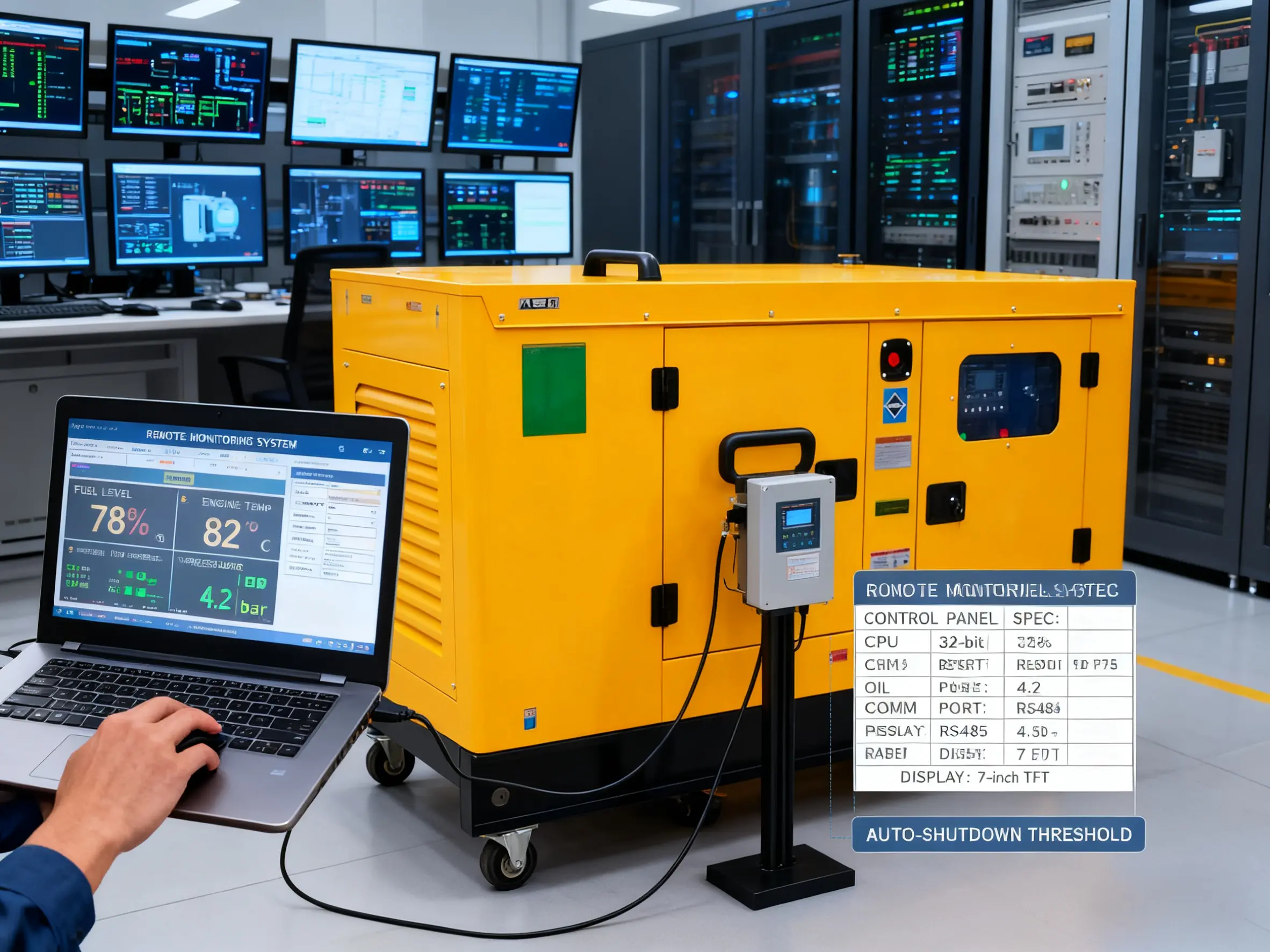
Components and How They Work
A generator control panel brings together multiple components that work in unison to maintain seamless operation. Understanding these elements helps users appreciate the importance of a well-engineered generator control board.
Microprocessor Controller: The intelligent core responsible for processing real-time data. It continuously tracks electrical output and engine conditions.
Circuit Breakers: Designed to safeguard the generator and connected devices from electrical anomalies such as overloads and short circuits.
Voltage and Frequency Meters: Provide essential real-time feedback to ensure the generator delivers stable and compliant power.
Sensors: Monitor vital engine parameters including oil pressure, coolant temperature, and fuel level.
Control Switches: Include manual/auto mode selectors, start/stop buttons, and an emergency stop switch for safe operation.
Alarm Systems: Deliver visual and audible warnings in case of irregularities, allowing preventative action before an automatic shutdown.
The system works through continuous data acquisition from sensors. If an irregularity—such as a drop in oil pressure—is detected, the controller first issues an alert. If unaddressed, it will execute a protective shutdown. In automatic mode, the generator control board can initiate startup during power loss and manage load transfer via an Automatic Transfer Switch (ATS), ensuring uninterrupted electricity supply.
Key Parameters and How to Read Them
Interpreting the readings displayed on your generator control board is crucial for maintaining system health and preventing failures.
Voltage and Frequency: Standard output should be stable, e.g., 400V for three-phase systems, and 50Hz or 60Hz depending on regional standards.
Current Load: Indicates the amperage supplied. Consistently high readings may suggest overloading.
Engine Oil Pressure: Normal operating range is typically 30-60 psi. Low pressure can signal leaks or pump issues.
Coolant Temperature: Should remain between 180-200°F (82-93°C). Elevated temperatures require immediate attention.
Battery Voltage: Usually around 24V DC. Low voltage may result in starting failures.
Operational Hours: Tracks running time for scheduled maintenance.
Modern control panels often feature intuitive digital displays with color-coded warnings for easier and faster interpretation.
Types and Control Levels
Control panels vary significantly in functionality and complexity. Selecting the right type depends on operational requirements:
Manual Control Panels: Offer basic start/stop control and essential metering. Ideal for applications with constant operator presence.
Automatic Mains Failure (AMF) Panels: Automatically detect power outages, start the generator, and manage load transfer. They shut down the unit after mains power resumes. Perfect for backup power systems.
Parallel Synchronization Panels: Enable multiple generators to operate simultaneously, providing scalability and redundancy for high-demand applications like industrial plants or data centers.
Remote Monitoring Panels: Support off-site supervision and control via internet or mobile apps, offering real-time alerts and historical data access.
Each type offers varying levels of automation. A appropriately selected generator control board enhances performance and ensures compliance with operational demands.
How to Choose the Right Control Panel
Selecting the ideal control panel requires careful evaluation of your power system needs. Keep these factors in mind:
Application Context: Determine whether the generator serves as prime, standby, or continuous power. Backup systems typically require AMF functionality.
Automation Level: Decide between manual, semi-automatic, or fully automated operation with remote capabilities.
Monitoring Requirements: Evaluate if basic metering is sufficient or if advanced data logging and connectivity are needed.
Environmental Conditions: Ensure the enclosure has suitable ingress protection (e.g., IP54 or higher for dusty or wet environments).
Regulatory Compliance: Verify that the panel adheres to international standards such as ISO 8528, IEC 61439, or region-specific certifications.
Expandability: Consider future needs such as additional generator integration or grid interaction.
Investing in the right generator control board not only improves operational efficiency but also reduces downtime and prolongs equipment life.
Conclusion
The generator control board is a fundamental component that dictates the efficiency, safety, and reliability of a diesel generator set. From basic operation to advanced automated management, choosing the correct control system is critical to performance.
At JLMECH, we specialize in delivering high-quality power solutions backed by deep expertise and a commitment to excellence. Our team is ready to assist you in selecting, customizing, and maintaining the ideal generator control system for your requirements.
Contact us today to explore how we can support your projects. Email our experts at skala@whjlmech.com for tailored solutions that match your unique power needs.
References
- Anderson, T. (2021). Modern Generator Control Systems: Technology and Applications. Power Engineering Journal, 39(2), 45-60.
- Roberts, K. (2020). Design and Implementation of Automated Power Management Panels. International Journal of Electrical Power & Energy Systems, 118(105634), 1-12.
- Wilkinson, S. (2019). Diesel Generator Set Handbook. New York: Elsevier Science.
- Evans, P. (2022). Standby Power Systems for Industrial Applications. IEEE Transactions on Industry Applications, 58(1), 210-225.
- Miller, L. (2023). Control Systems for Backup Power: Integration and Innovation. Journal of Power Technologies, 103(4), 88-102.
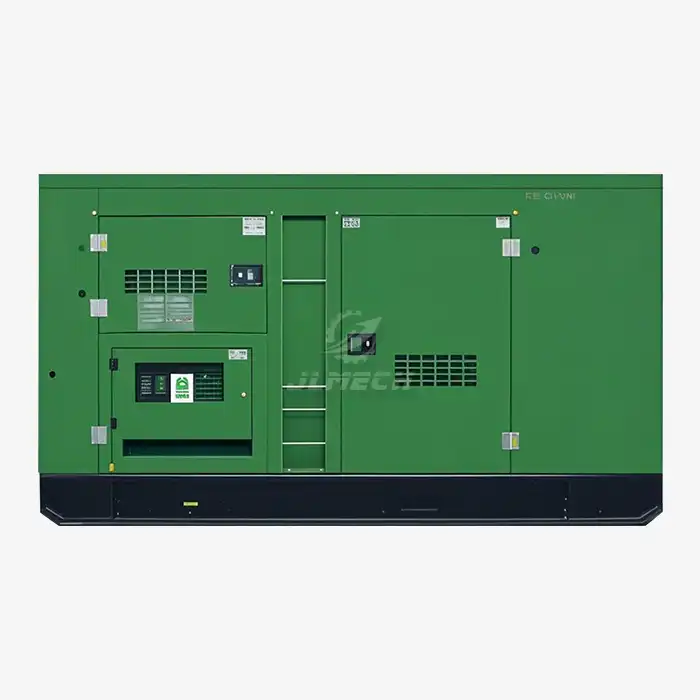 VIEW MOREgenerator diesel silent 220v
VIEW MOREgenerator diesel silent 220v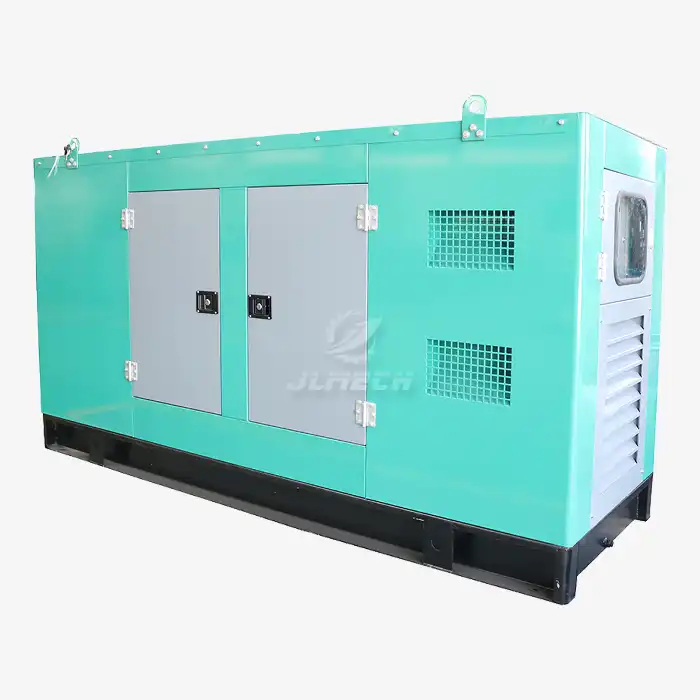 VIEW MOREConstruction diesel set
VIEW MOREConstruction diesel set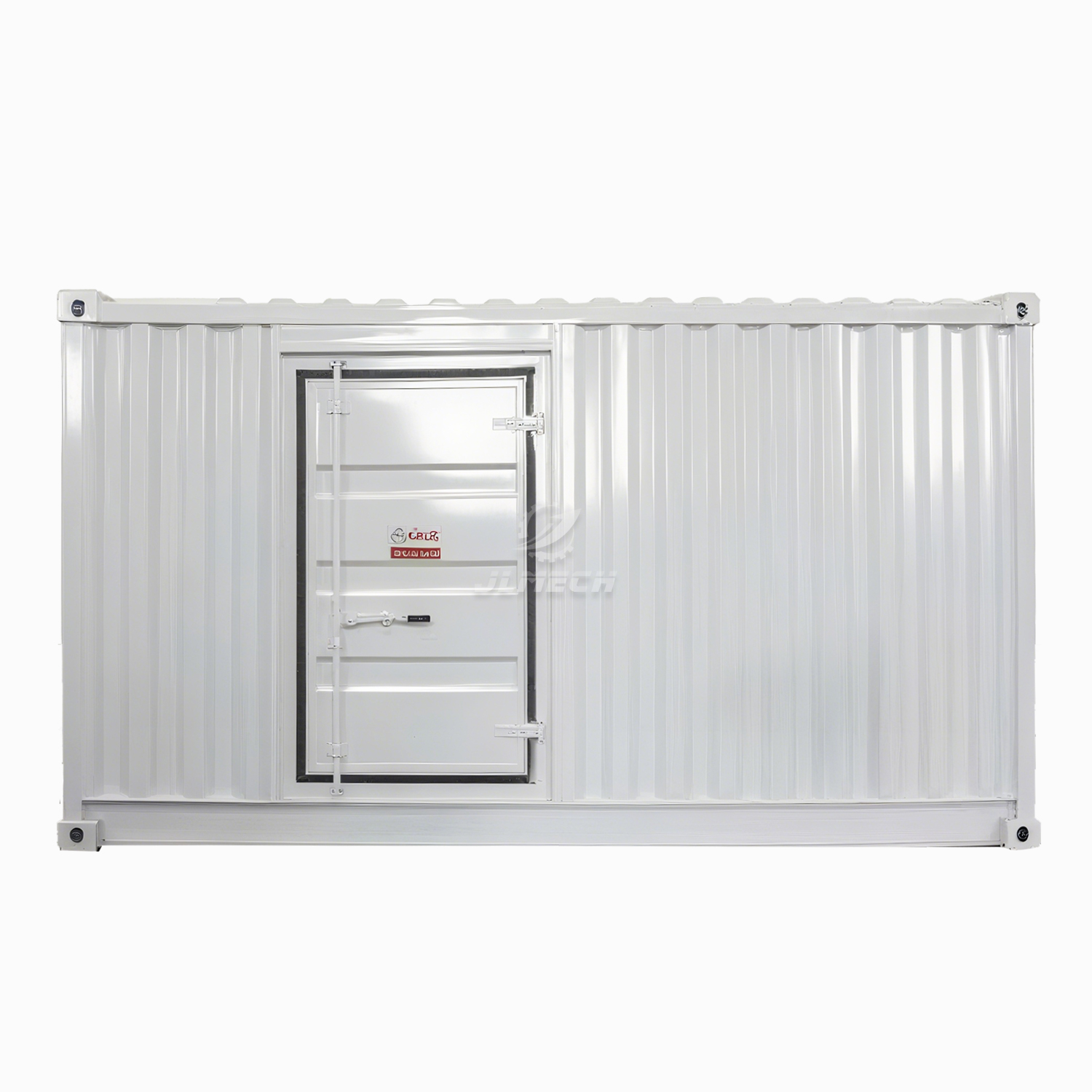 VIEW MOREContainer Type Diesel Generator
VIEW MOREContainer Type Diesel Generator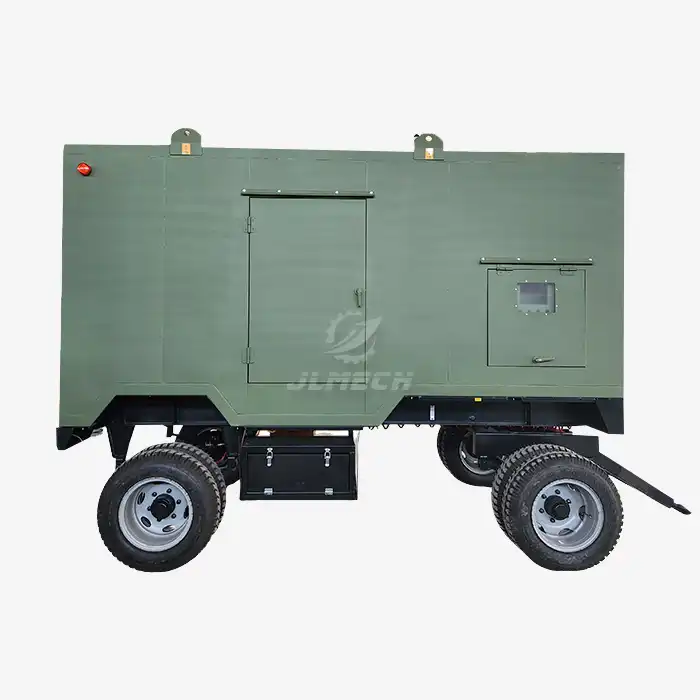 VIEW MORE60 kva diesel generator
VIEW MORE60 kva diesel generator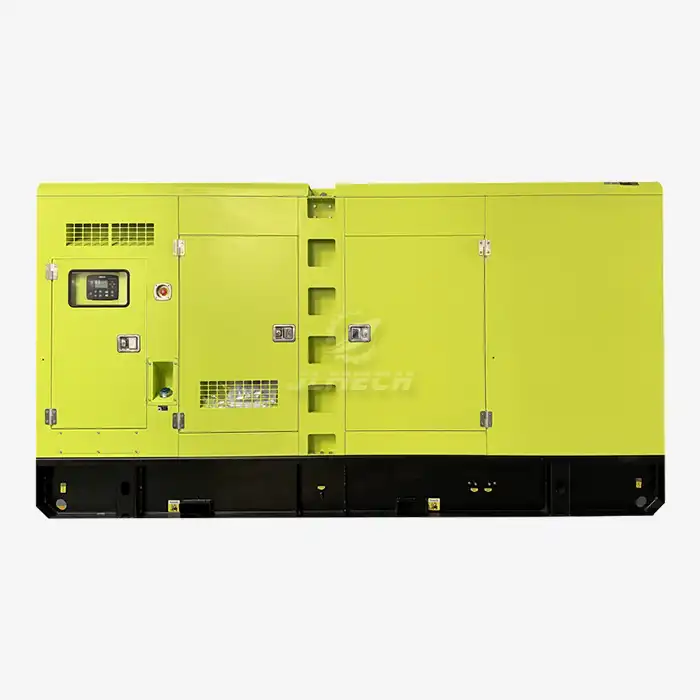 VIEW MORE220v 50hz super silent diesel generator set
VIEW MORE220v 50hz super silent diesel generator set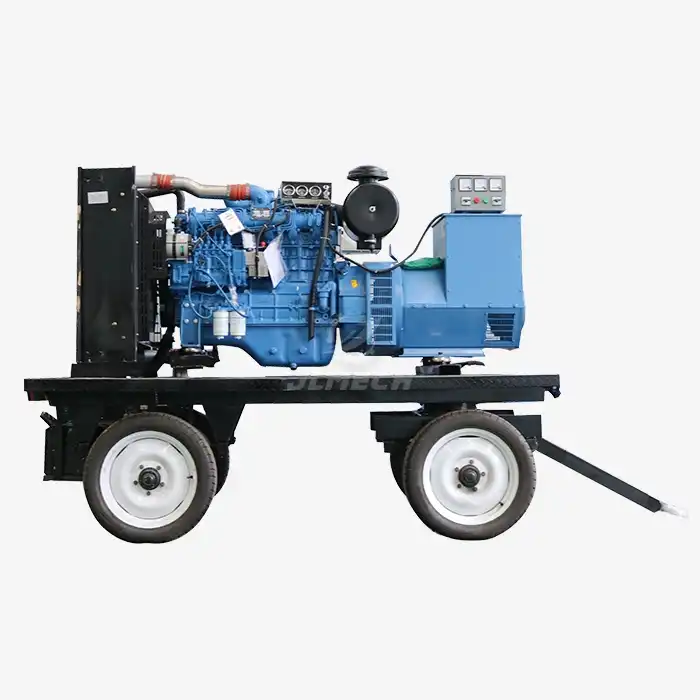 VIEW MOREopen type diesel generator with wheels
VIEW MOREopen type diesel generator with wheels VIEW MOREweichai diesel generator 33kva
VIEW MOREweichai diesel generator 33kva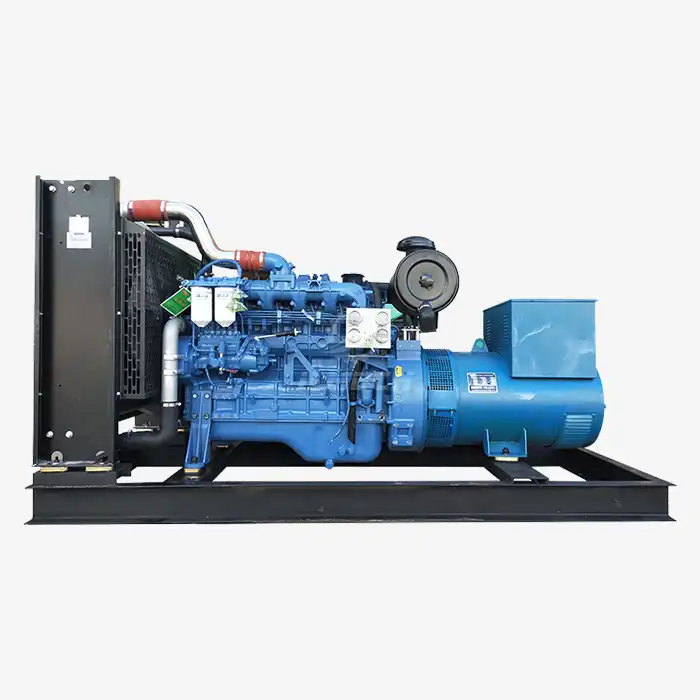 VIEW MOREdiesel generators yuchai 62 kva
VIEW MOREdiesel generators yuchai 62 kva



